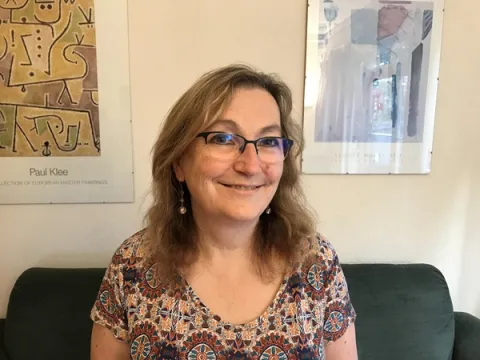About the project
Applications are invited for a fully funded PhD Studentship studying the design of novel metamaterials for the reduction of aerodynamically induced large shallow cavity self-noise for next generation military aircraft. You will join a world-leading research team based within the Institute of Sound and Vibration Research (ISVR) and the Mechanical Engineering department at the University of Southampton, a member of the Russell Group and ranked in the world’s top 100 Universities. This studentship is supported by BAE Systems – Air, who also offer a 3 month industrial placement.
Grazing airflow across large shallow open cavities can create self-sustained oscillations producing high levels of acoustic energy, particularly at low frequencies (sub 150Hz). These present significant design challenges to aircraft structures, systems, and cavity contents. Designing to survive this environment adds significant weight to aircraft structures, increasing fuel usage and reducing performance.
There is significant potential to reduce cavity noise at source with passive acoustic liner concepts, both to disrupt the efficiency of the acoustic feedback mechanism and to absorb sound.
However, low frequency liners typically require larger dimensions and mass. As such, two key goals of this project will be to design novel cavity geometries and to establish the feasibility of using metamaterials to permit efficient low-frequency attenuation in a much-reduced space envelope.
You will begin this project by testing scaled 3D-printed cavities using the ISVR’s Doak Resonance Rig (pictured above), measuring the noise levels generated throughout the cavity at differing flow conditions. In parallel, you will perform computational aero-acoustic modelling of the flow-induced source.
The validated modelling approach will also be used to predict the full-scale self-noise source. You will then design and test a range of potential traditional and novel cavity liner designs, taking advantage of the proven 3D-printing capability within the University of Southampton.
Furthermore, in addition to designing novel liner geometries, you will benefit from the experience within the Mechanical Engineering department to design the novel liners with structures optimised both to minimise weight and to enhance transmission loss. The liners must also be able to withstand the static and dynamic loading throughout the life of the aircraft.
The studentship funding covers tuition fees (UK/EU rate) and a tax-free stipend for four years. Applicants should have a good first degree in physics, mathematics, or a relevant engineering subject, and be a UK national. Ideally, the candidate should have some experience in fluid dynamics. It is not necessary to have experience in acoustics to apply. The project is planned to start in October 2022.
